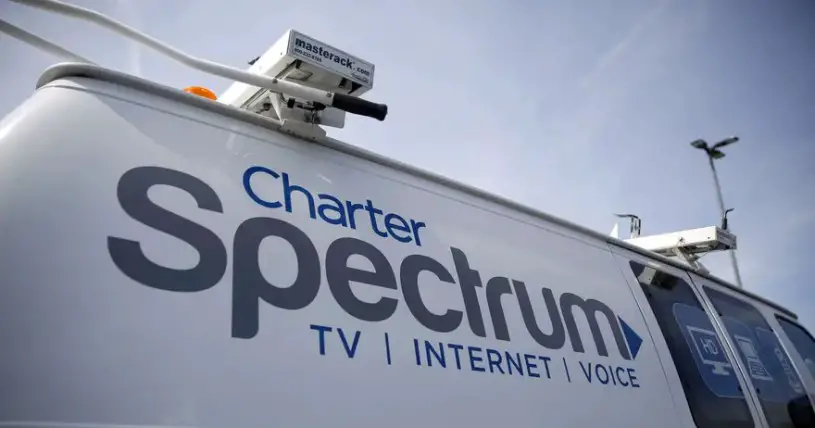By The TV Answer Man team
Some subscribers to Charter’s Spectrum TV/Internet service this month are seeing various price increases in their bills, from a $5 a month bump for certain Internet plans to a $5 a month hike for bundled phone service to yet another $1 increase in the Broadcast TV fee. The company just increased the Broadcast TV fee by $1 a month last January. Why is Charter raising Broadcast TV fee again? (It’s already more than $20 a month!) And what exactly is a Broadcast TV fee and why do cable operators include it with their service? Here’s some background on what started it, why cable ops feel it’s necessary and perhaps how they could better communicate its need to its customers.
The Evolution of Cable TV and Programming Costs
To understand the rationale behind broadcast surcharge fees, it’s essential to comprehend the evolution of the cable TV industry and the complex landscape of programming costs. Cable TV operators play a significant role in delivering a wide range of channels to viewers, offering access to news, sports, entertainment, and educational content. To provide this diverse programming, operators must negotiate contracts with various content providers, including networks and broadcasters.
Over the years, these negotiations have become increasingly intricate due to factors such as rising production costs, contractual obligations, and market competition. As networks demand higher fees for the distribution of their content, cable TV operators face mounting pressure to secure these programming agreements while maintaining reasonable subscription costs for their customers.
The Broadcast Surcharge Fee Explained
Broadcast surcharge fees, often presented as a separate line item on cable bills, have emerged as a result of these escalating programming costs. This fee ostensibly covers the expenses associated with retransmitting local broadcast stations’ signals through cable systems. In essence, it’s an additional charge passed on to consumers to offset the fees cable TV operators incur from networks for the right to carry their content.
Local broadcast stations, which offer a mix of news, sports, and entertainment content, hold a unique position in the cable TV ecosystem. They’re generally available for free over-the-air to anyone with an antenna, but cable TV operators pay fees to include these stations in their channel lineups. This practice, known as retransmission consent, allows cable operators to offer a convenient way for viewers to access local content, but it also comes at a cost.
Factors Contributing to Broadcast Surcharge Fees
Several factors contribute to the imposition of broadcast surcharge fees:
Network Negotiations
As mentioned earlier, negotiations with content providers can be intense and result in hefty fees. Networks leverage the popularity of their shows and events to demand higher compensation from cable operators.
Contractual Obligations
Cable TV operators often enter into long-term agreements with networks to secure content distribution rights. If the network raises its fees during the contract term, the operator may have limited options other than to accept the increase or drop the channel from their lineup.
Infrastructure Costs
Maintaining the infrastructure required to retransmit broadcast signals involves equipment maintenance, upgrades, and operational costs. Broadcast surcharge fees may help cover some of these expenses.
Regional Variability
The fees networks charge can vary by region due to factors like market size, viewership demographics, and local economic conditions. Cable operators may pass on these regional discrepancies through surcharge fees.
Transparency and Consumer Awareness:
While broadcast surcharge fees are justified by the mounting expenses associated with cable TV programming, critics argue that these charges can be confusing and lack transparency. Consumers often find themselves grappling with bills that feature numerous add-on charges, making it difficult to discern the actual cost of their subscription.
To address these concerns, cable TV operators must prioritize transparency by clearly explaining the purpose of each fee on their bills and providing easy-to-understand breakdowns of costs. This would empower consumers to make informed decisions about their entertainment choices and encourage cable operators to engage in fair pricing practices.
Have a question about new TV technologies? Send it to The TV Answer Man at swann@tvanswerman.com Please include your first name and hometown in your message.



Thanks for the explanation. Do YouTube TV and Hulu with Live TV charge these fees also?
Maybe I’m alone in my thinking here but these broadcast stations are essentially “double dipping” because they get a lot of money from advertisers for their content and, in my view, should be paying the cable/streaming companies to “transit” their networks rather than demanding carriage fees. This seems to be a result of the 1992 Cable TV Act that Bush Sr, initially vetoed because he felt there weren’t enough protections for customers and prices would just continue to rise. His veto was overridden and so here we are with the proof that he was right about this.
In my view, these stations who get advertising dollars should not be able to also charge carriage fees, They are getting money from advertisers for my eyeballs. I think all of us are happy to pay for commercial free content but paying for commercial content seems absurd. I’m happy to pay the cable/streaming company the cost of getting me that signal, but not the additional fee for these commercial stations. These stations are also able to hold the cable and streaming companies hostage because if they don’t agree to the fee hikes the cable and streaming companies cannot legally deliver the stations. People whine, they cave, they pay more and then costs go up. Rinse, repeat and you have what we are all suffering thru.